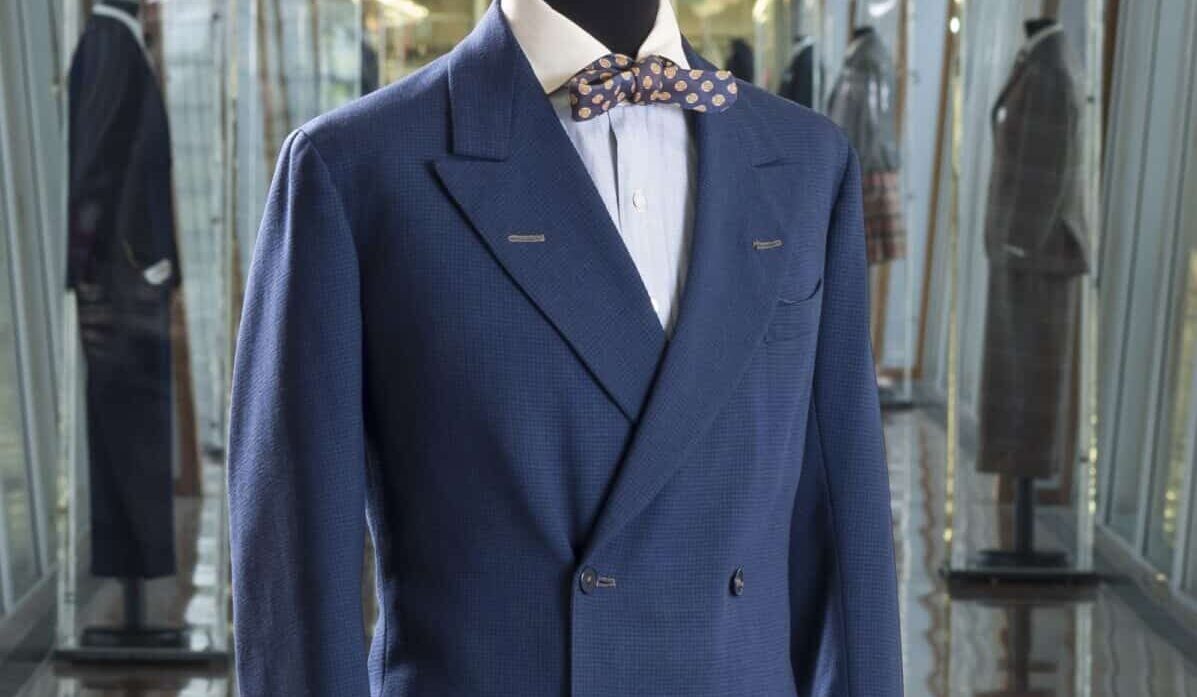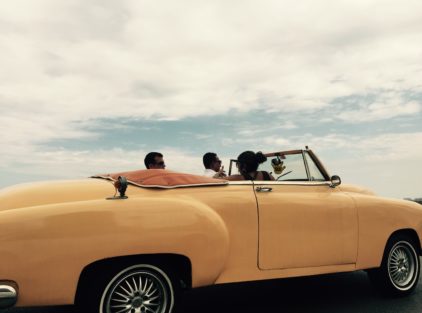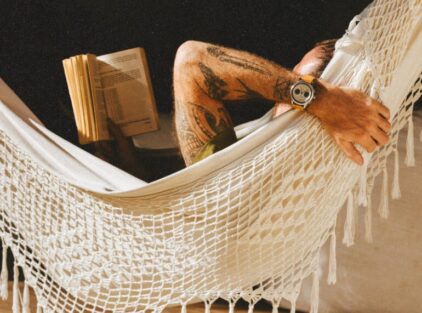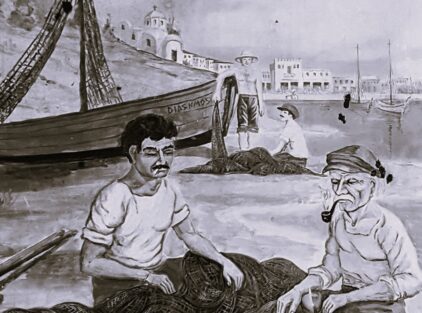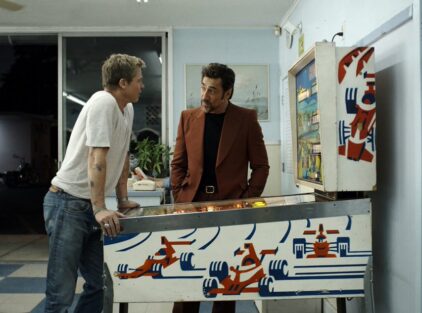by Christos Zampounis
The destinies of two men who combined their life of service with men’s elegance came together when the creator of the House of Kiton, from the Greek word for cloak, bought a collection of clothing belonging to the Duke of Windsor.
From his youth, the first-born son of King George V of England showed subversive tendencies in his attire, wanting in this way to indicate his differentiation from the dress codes of his origin, but also of his time. The deviation from the standards of the English gentleman found a free field when in 1936, at the age of 42, he decided to abdicate the Throne for the eyes of an American divorcee, Wallis Simpson.
Ciro Paone was only three years old when the above cosmogonic event took place. Like the rest of the world, in the following decades, the press followed the wanderings of the “untouchables” of the British royal family, admiring the man’s style from afar. When in 1968 he founded his own House, he chose a Greek word, chitona, to name it, changing the correct spelling of chiton to the easier Kiton. The empire he created today includes five factories in Italy, 850 employees, 60 privately owned stores, plus 300 points of sale worldwide. In Greece they are represented by “Mah Jong”.
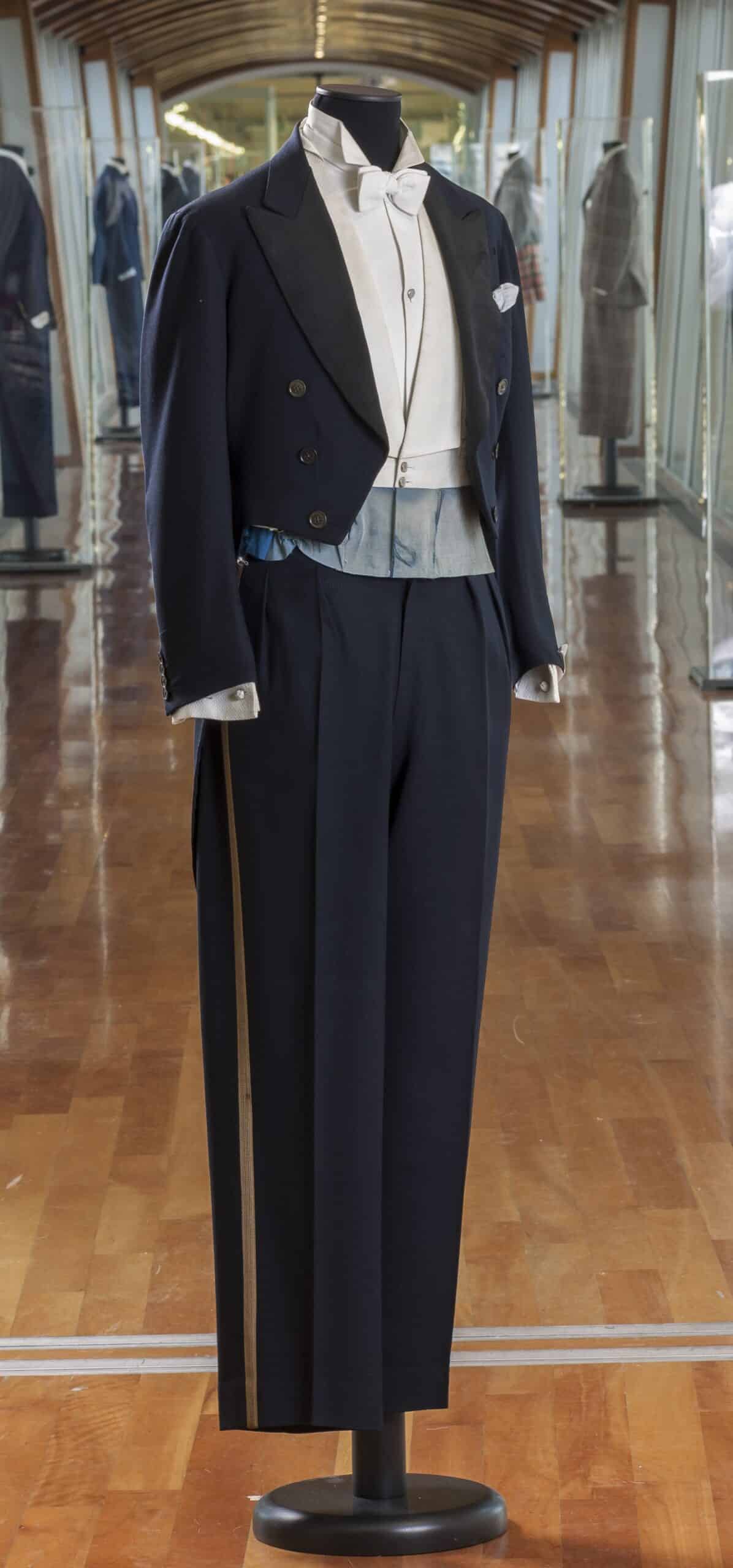
We drink a coffee with Ilias Vlahakis at his Office on Kanari Street. He was kind enough to inform me of the existence of this Collection, after the abdication of Prince Philip of Greece, Duke of Edinburgh. The association was clear. So is the interest of “Mancode” for the man who marked the last century with his aesthetics. Elias hands me a coffee table book by Mondadori Publications for Kiton House. There is a chapter on the “Metronome of Elegance”, as Edward is described.
The let that Ciro bid on at a Sotheby’s auction in New York in 1998 is emblematic. The reason he acquired it, rather understandable. I single out the ‘bonjour’ or ‘morning suit’ he wore to his wedding to Wallis, 1937. The ‘Prince de Galles’ tweed 1923. The 1931 crossed navy blazer worn in 1936, as an officer in the Grenadier and Welsh Guards , and the 1920s Scottish Argyle kilt, paired with a black and white Harris tweed jacket.
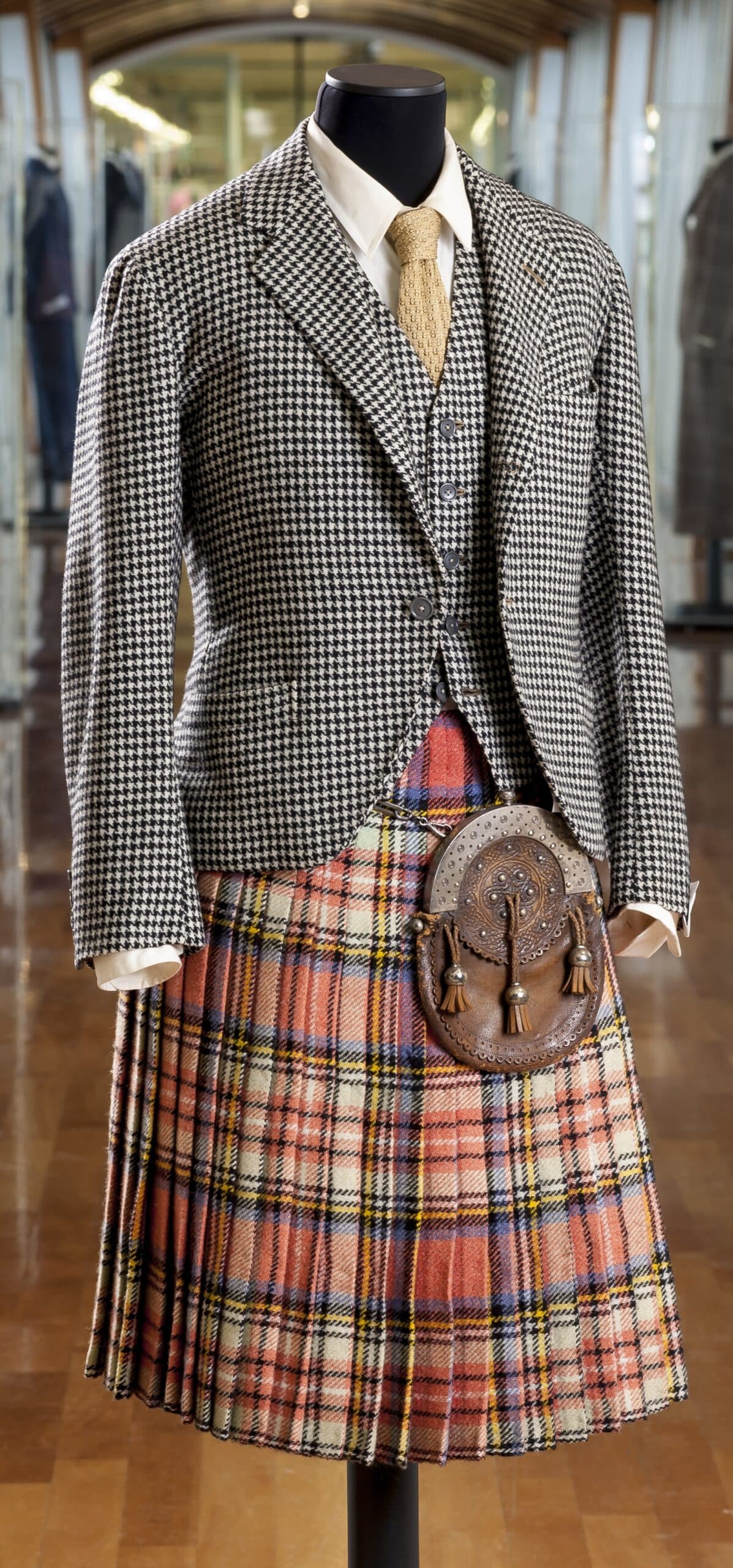
The ten garments are on display at Kiton’s headquarters in Naples, creating an imaginary line between Italian finesse and British elegance. That’s where Ilias saw them for the first time and wanted to share the “tesoro” with us. “Ciro”, he recounts, “for many years he only spoke Neapolitan, but we always got along, with my small knowledge of Italian language. He loved Greece and came every year with his baglieto to hunt wild goats in Epirus. I was saddened to lose a friend, now his children continue.”
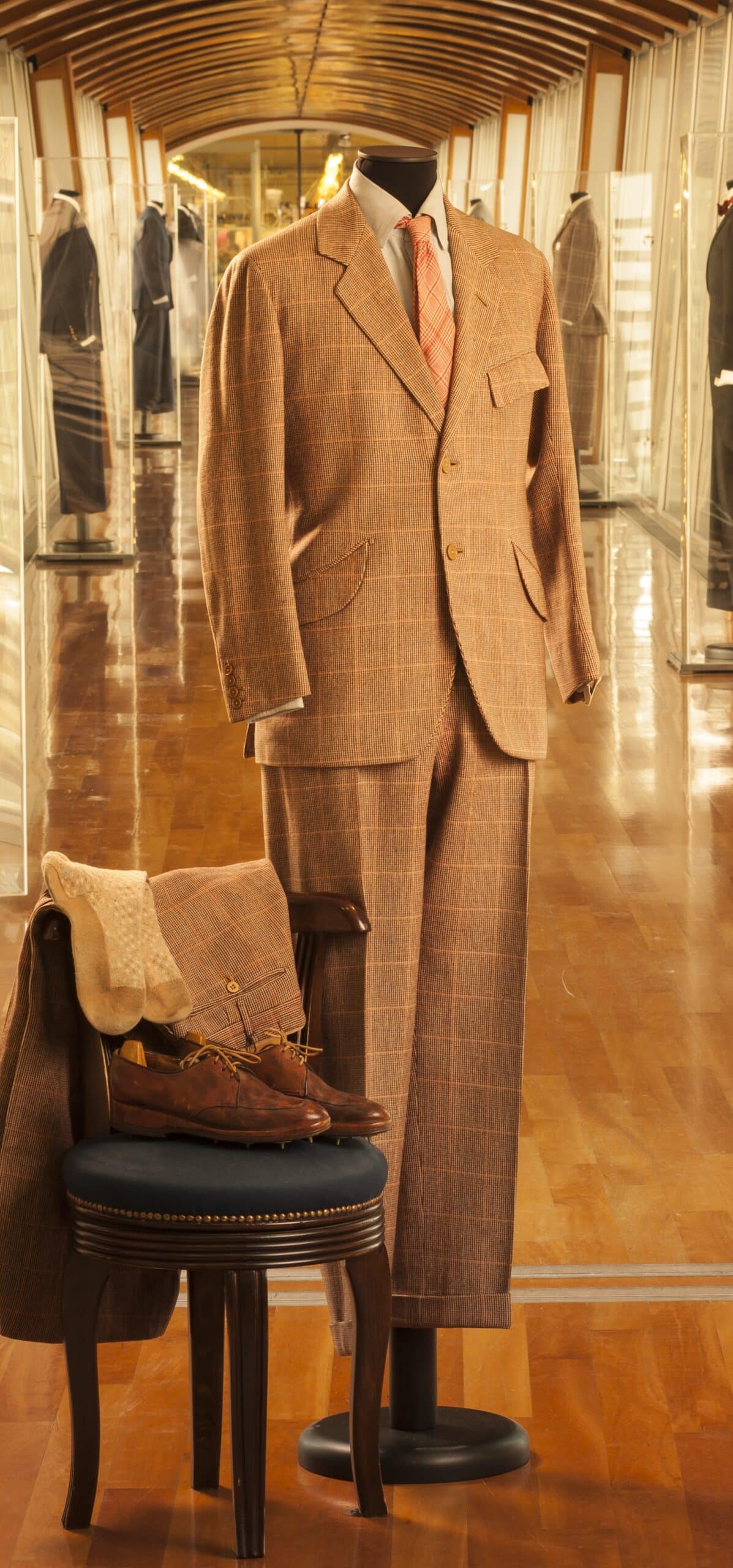
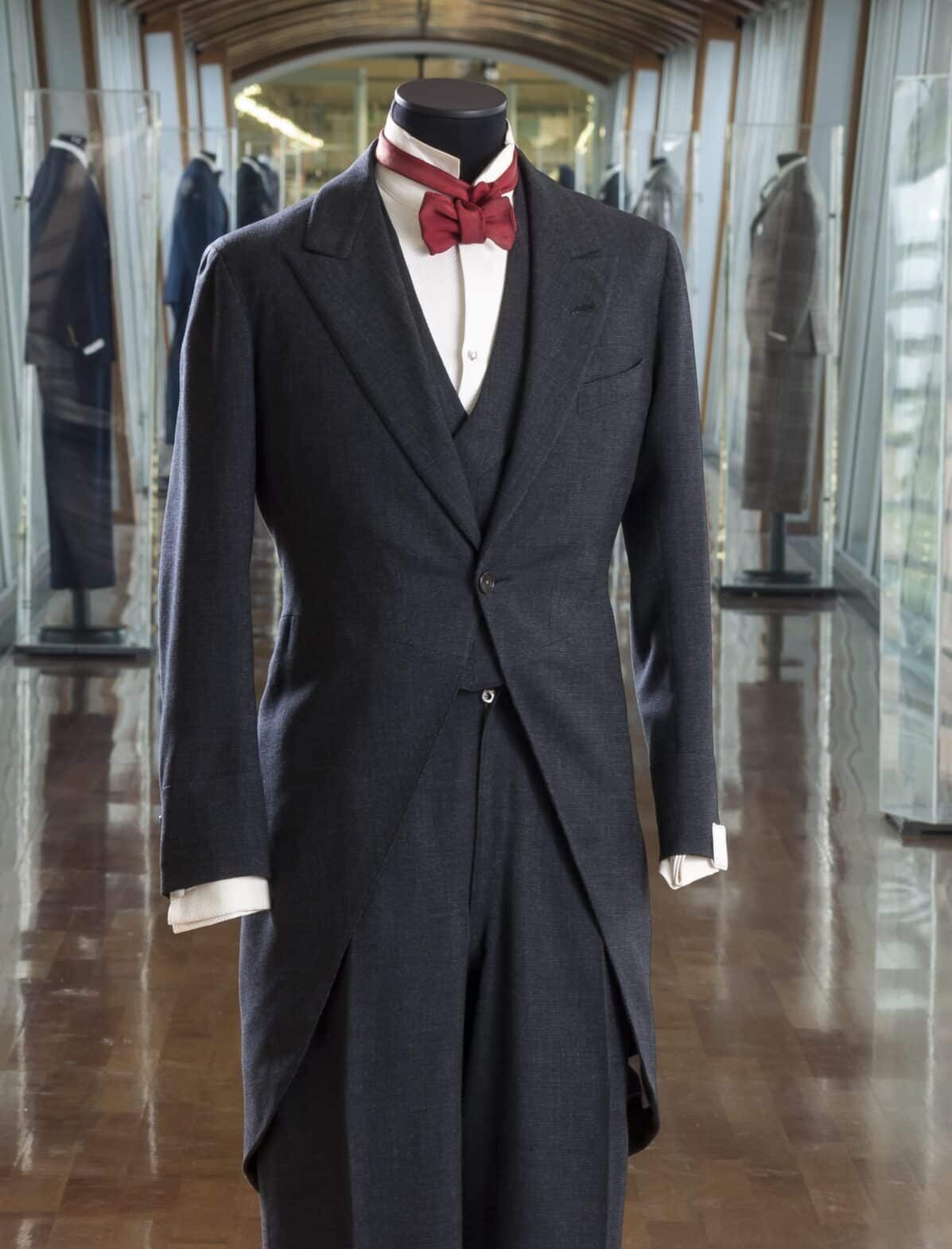 Photos Courtesy of Kiton
Photos Courtesy of Kiton
